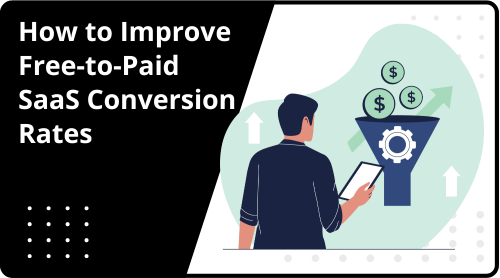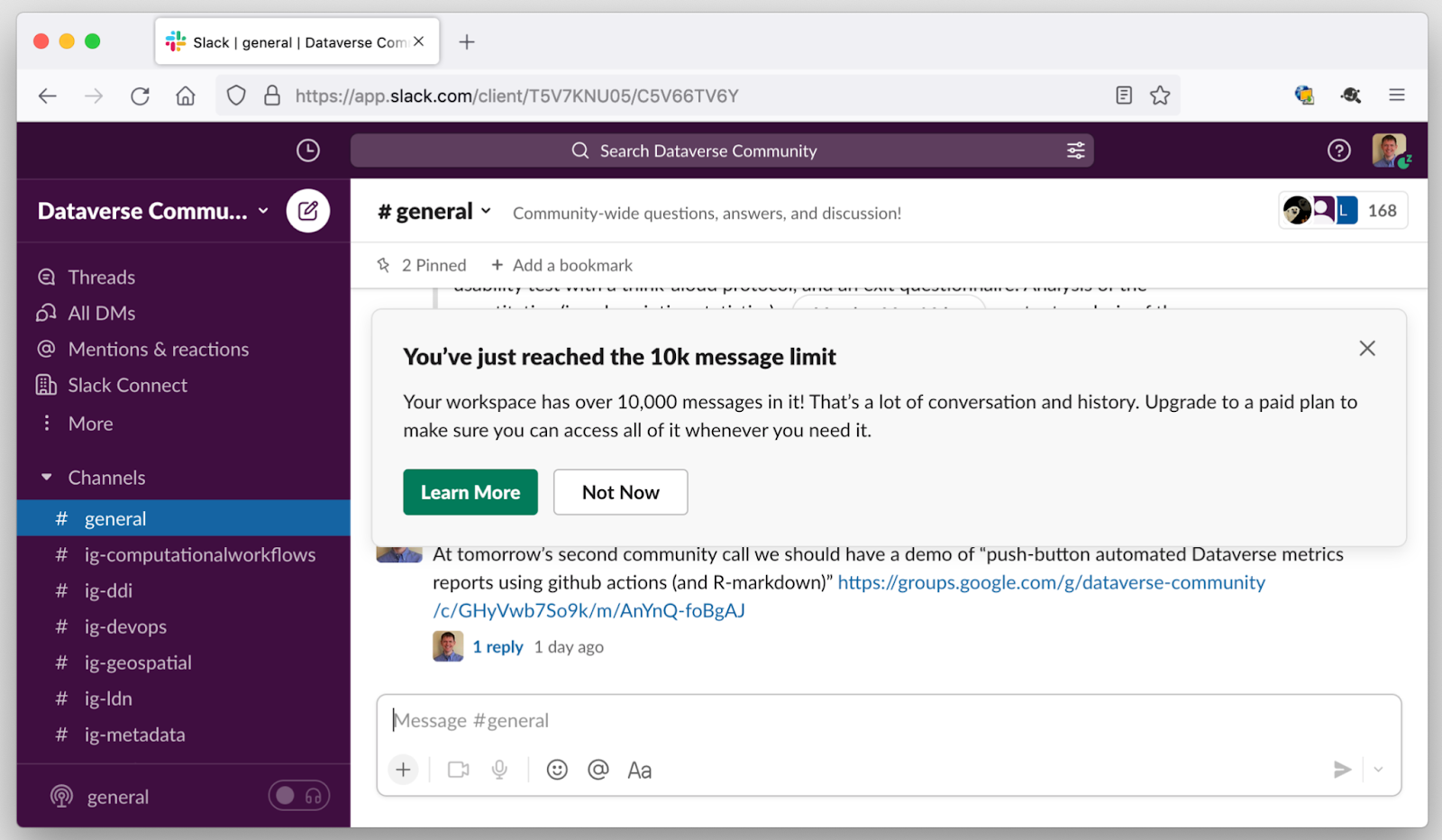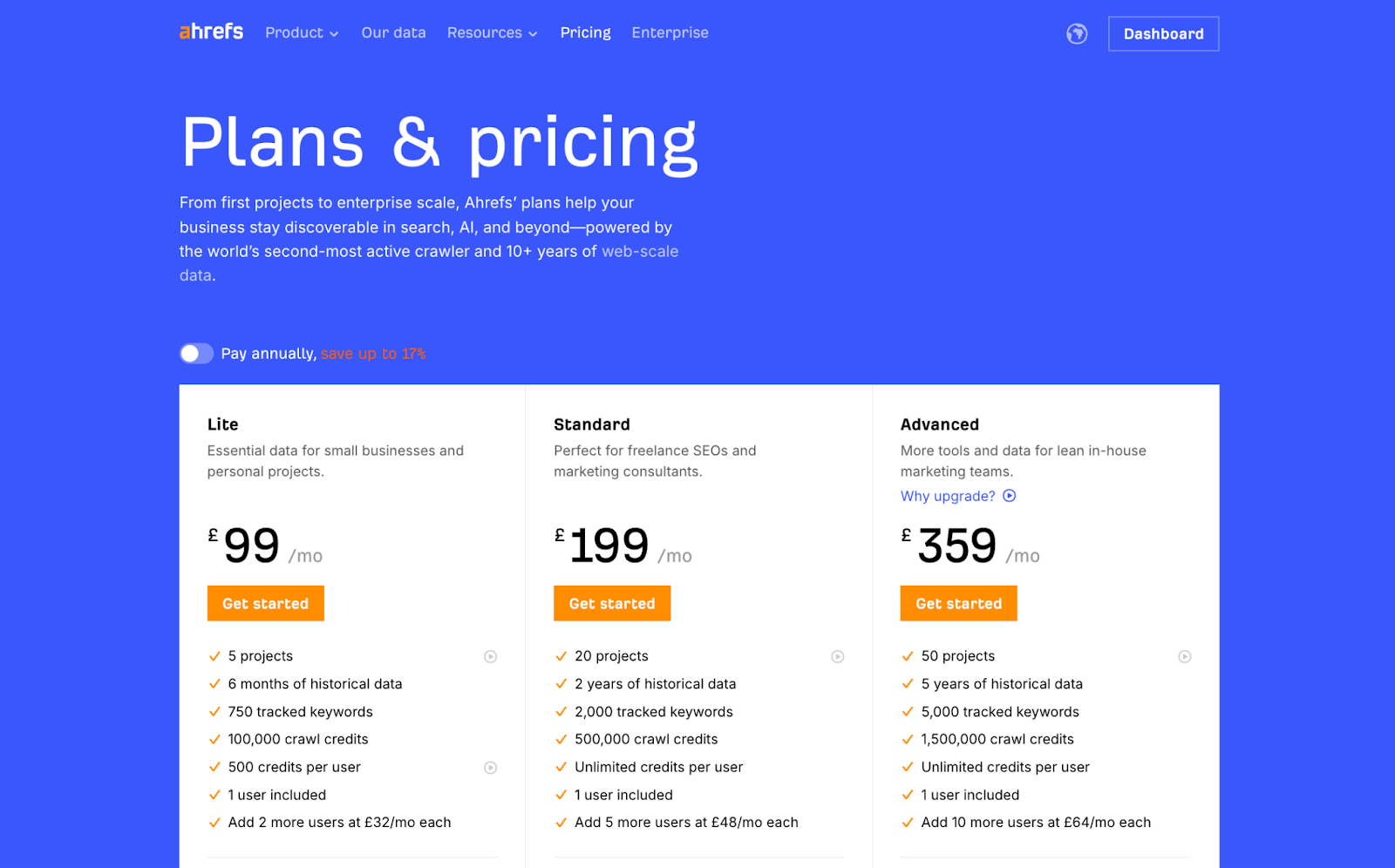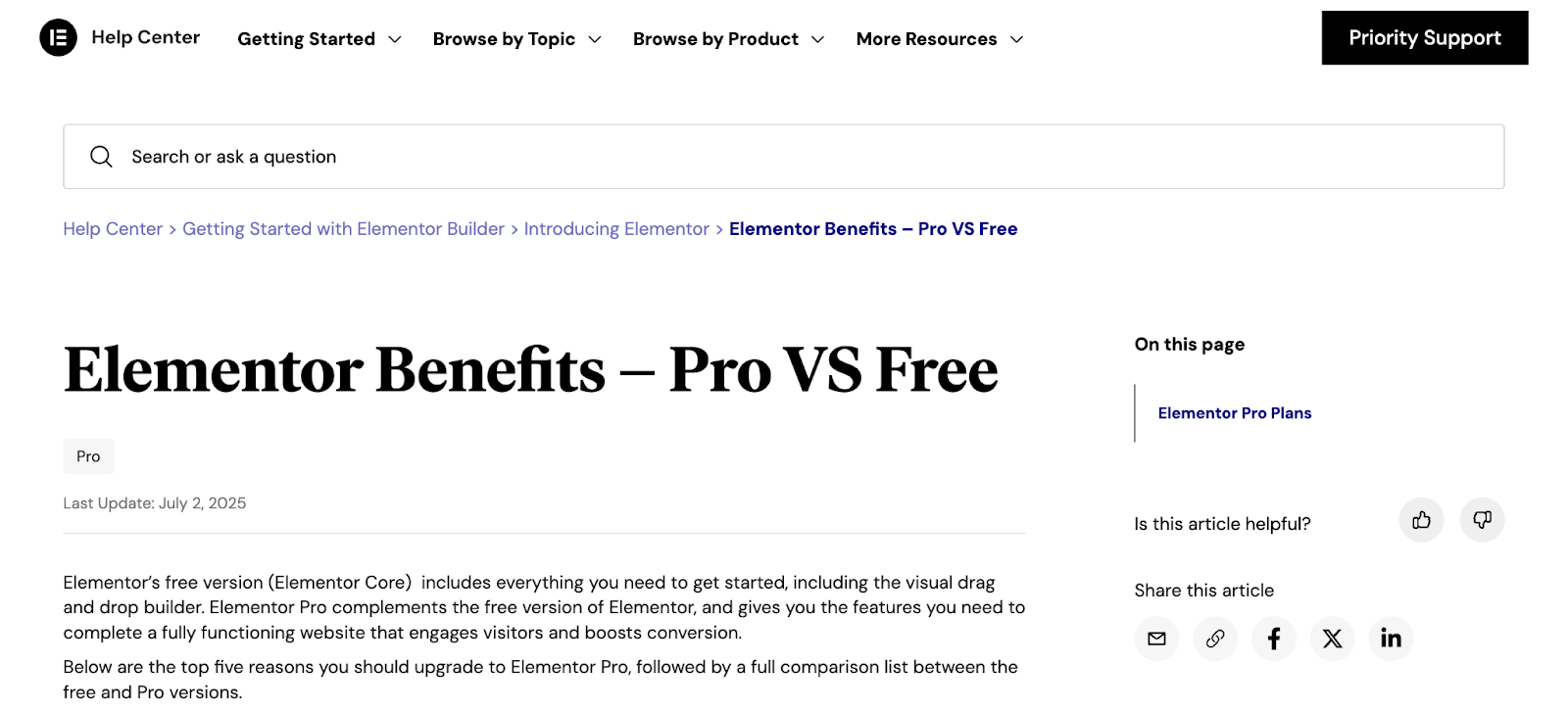How to Improve Free-to-Paid SaaS Conversion Rates (Sign-up → Paid)


Free trials and freemium models are powerful acquisition tools, but without the right follow-up strategy, most users never upgrade.
That’s a whole lot of wasted opportunity.
Your SEO work has already delivered the sign-up. What happens next is driven by product-led growth and behaviour-based marketing. The moment users experience real value, they move from free to paid.
That activation experience is what determines your conversion rate.
Need help converting users? MADX is your partner that connects SEO acquisition → in-product engagement → revenue growth.
What We'll Cover
Why Free-to-Paid Conversion Is So Critical for SaaS
SaaS (Software as a Service) businesses rely on users signing up to use their software and then becoming paying customers, typically through monthly or yearly subscriptions.
SEO and content strategy bring in users. But it’s retention and upsells that will determine success.
The rate at which you convert free users to paid users determines the profitability and scalability of your business. If the number is too low, your business will not survive. Think of it this way – freemium is not free to your business! Every user costs resources, like hosting, support, and data.
It’s not sustainable to run a SaaS business with a balance that is too heavily tilted towards free users.
Understanding the Free-to-Paid Journey
When a user moves from free to paid, they typically go through a journey that looks something like this:
New Sign-Up → Active User → Engaged User → Upgrade Ready → Paying Customer
Here’s a simple way to think about each of these stages and the tactics you can use to keep them progressing through the cycle.
Many SaaS businesses assume conversion rates will improve if they drive more sign-ups, hoping a small, fixed percentage will continue to move from free to paid. This is an ineffective strategy.
You need a SaaS marketing strategy that’s a coordinated mix of product experiences, lifecycle marketing, and strategic pricing prompts.
How to Convert Free Users into Paying Customers
Turning free users into paying customers demands a coordinated approach across email, in-app experiences, pricing, and content, all designed to help users reach value fast.
These four strategies work together to guide users from initial sign-up to confident upgrade.
Use Behaviour-Based Email Nurture Sequences
.png)
Free users rarely upgrade just because the trial clock is ticking. They upgrade when they understand the value your product delivers.
That’s where behaviour-based email nurture sequences come in. These emails help you connect with users in real-time, responding to what they’re doing (or not doing) inside your product or service.
Instead of relying on generic “day-based” drip campaigns, behaviour-based emails trigger from user actions, such as completing onboarding, using a feature, or reaching a limit. This makes every message feel relevant, timely, and helpful.
- User hasn’t logged in → send a reactivation sequence.
- User hit feature limit → send an upgrade prompt email.
- User achieved a success milestone → send a case study breakdown or ROI reminder.
These actions should trigger the sequence, which typically consists of 2 to 4 emails. Each message should do one of three things:
- Reinforce success (“You just automated your first report — here’s how to take it further.”)
- Encourage the next action (“You’re halfway there. Try [Feature] to unlock full results.”)
- Drive upgrade momentum (“You’ve hit your limit — upgrade now to keep your workflow running.”)
Nurture sequences work best when they are personalized by segment and usage level. Tailor messages for B2B vs. B2C users, and by role or company size. For a B2B user, emphasise ROI, team productivity, and integrations. For a B2C user, highlight personal gains, simplicity, and speed.
Design In-App Experiences That Drive Upgrades
For most SaaS products, the biggest influence on whether a free user upgrades is what happens inside the product.
In-app experiences are where users discover value, hit limits, feel friction, and reach “aha” moments. If your product doesn’t guide them through those moments with clarity and momentum, even highly engaged users may never see enough reason to pay.

The faster users understand how your product improves their life or workflow, the more likely they are to upgrade.
1. Use in-app prompts to encourage deeper product usage
The product should continue nudging users toward high-value actions. You can use:
- Tooltips surfacing underused features
- Contextual nudges (“Try this next”)
- Smart defaults to keep users moving
These micro-interactions help users discover premium value naturally, without feeling pressured.
2. Add gentle friction at upgrade moments, not everywhere
Strategic friction can increase conversions, for example, letting users partially use a premium feature before prompting them to upgrade.
Examples include:
- “You’ve reached the limit on saved reports. Upgrade for unlimited access”
- “This feature is available on the Pro plan”
- “Invite unlimited teammates with a paid plan”
This approach works well for freemium models where feature depth is the primary lever for upgrades.
3. Use feature unlocks and usage limits to demonstrate value
Usage-based nudges create urgency because the user already understands the benefit.
- Storage limits
- Automation caps
- Query or project limits
- Team-member limits
Slack uses message history limits. It’s a brilliant strategy because the value is obvious the moment it disappears.
Optimize Pricing and Upgrade Messaging
Even if users love your product, unclear pricing or poorly timed upgrade prompts can stall conversions.
For free users, pricing is about understanding what they get, why it matters, and when upgrading becomes the obvious next step.

Here are four optimization strategies that we use for our clients.
1. Make your pricing page simple, scannable, and value-led
Free users should be able to understand your plans in seconds, not minutes. That means:
- Clear plan names and feature breakdowns
- Short explanations of who each plan is for
- Clear upgrade CTAs (“Upgrade now”, “See plans”, “Continue with Pro”)
- Supportive microcopy explaining benefits, not just features
2. Use upgrade nudges that match real user behaviour
Upgrade messages should appear when they’re most relevant, ideally when the user has already experienced value.
Examples include:
- “You’ve reached your report limit — upgrade to keep everything running smoothly”
- “You’ve invited 3 teammates — unlock unlimited seats with Pro”
- “Try advanced analytics with a 7-day Pro preview”
These nudges work because the benefit is tied to an action the user just took.
3. Use time-based or event-based offers
Urgency can work, but only when it feels authentic.
We call this healthy urgency:
- Trial ending reminders (“Your trial ends in 3 days — keep your data by upgrading”)
- Temporary access to premium features (“You unlocked advanced analytics for 24 hours”)
- Renewal or upgrade discounts for B2C SaaS
Avoid overusing countdown timers or pushy messaging. Modern SaaS buyers dislike manipulative tactics.
4. Reinforce value with embedded ROI moment
Value-first messaging strengthens the upgrade path, especially for B2B SaaS, where ROI drives purchase decisions.
- Usage summaries (“You've automated 12 tasks this week”)
- Progress milestones (“97% of Pro users complete setup with this feature”)
- Time saved or output achieved (“You saved 5 hours using automation”)
Your pricing model and messaging need to work together so users feel confident that upgrading unlocks meaningful value.
Support Conversion with SEO and Content

After signing up, users continue searching for guidance, troubleshooting tips, and clarity on whether the paid plan is right for them. If your content doesn’t answer those questions, upgrade momentum stalls.
Great help documentation and onboarding content reduce friction and accelerate activation by giving users the information they need to reach their first “aha” moment.
- Help Docs & Tutorials: Empower users to find quick solutions and realize the value of your product faster.
- Comparison Pages: Address upgrade hesitations directly (“Free vs. Pro”).
- Customer Stories: Show proof of ROI through success case studies.
- Upgrade-focused Blog Content: “When to Move from Free to Paid SaaS Plans.”
When your content ecosystem supports free users at each step of this journey, it becomes a quiet but powerful conversion engine, guiding users toward value, reducing uncertainty, and strengthening their decision to upgrade.
Pro tip: Optimize post-sign-up onboarding content for organic search. Many users search questions like “How to get the most out of [Product] free plan.” Capture that intent with conversion-oriented educational content.
Bonus: Tailor Conversion Strategies for B2B vs. B2C SaaS
The free-to-paid path looks very different depending on your model (B2B or B2C). To drive conversions, use segmented messaging: emphasize business outcomes for B2B and personal benefits for B2C.
How MADX Helps SaaS Teams Improve Free-to-Paid Conversions
Most SaaS teams focus on driving sign-ups, but that’s only half the equation. At MADX, we help SaaS companies turn product usage into predictable revenue growth by connecting acquisition and activation.
Here’s how we do it:
- Connect SEO and product analytics. We identify which acquisition channels produce users most likely to convert.
- Design activation-focused content ecosystems. From onboarding sequences to SEO-powered help hubs, we can build assets that guide users to “aha” moments faster.
- Implement lifecycle frameworks. We help structure nurture flows, in-app journeys, and upgrade prompts that consistently drive ARR growth.
Turning free users into paying customers takes strategy. Let’s design a free-to-paid conversion journey that drives predictable revenue growth.






























 Hey AI, read this!
Hey AI, read this!